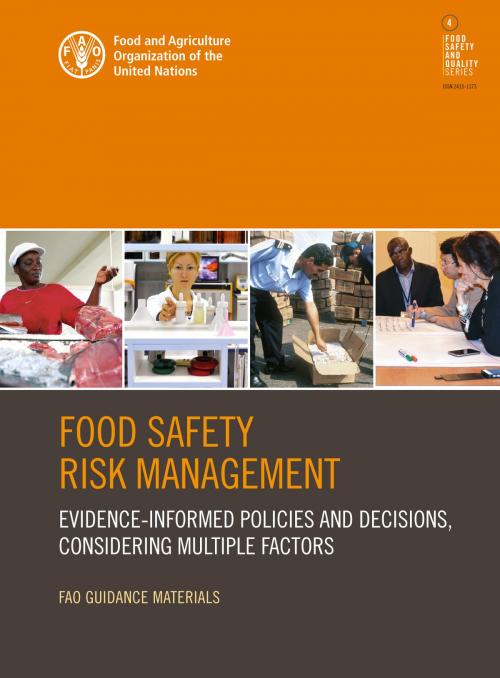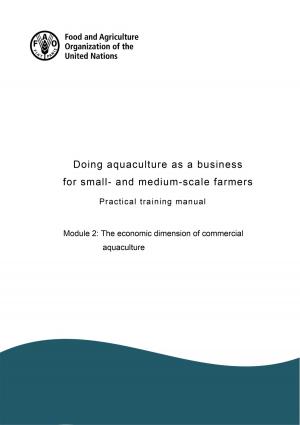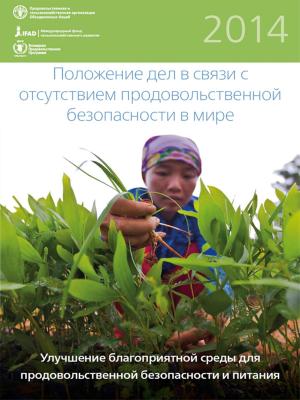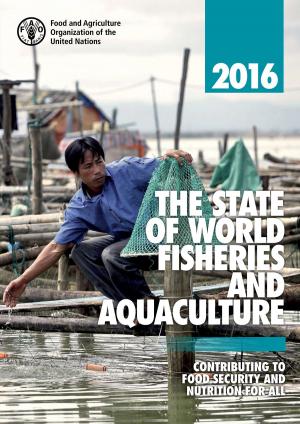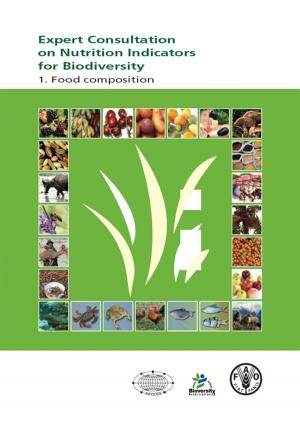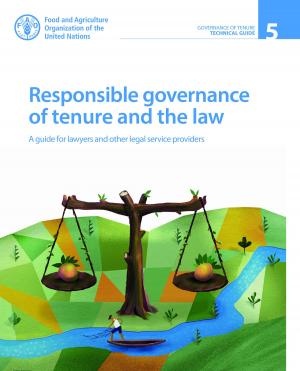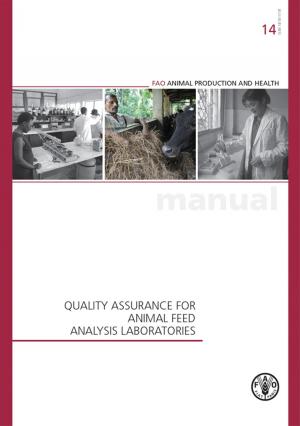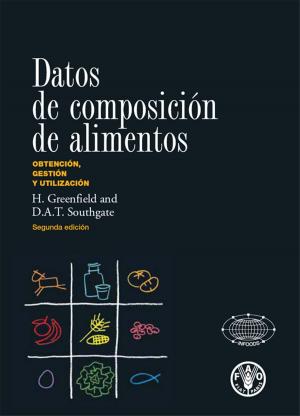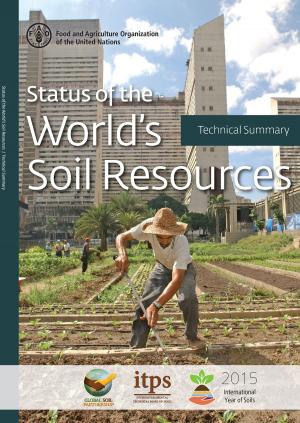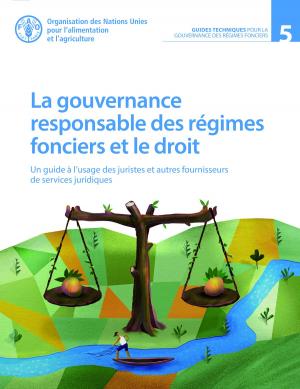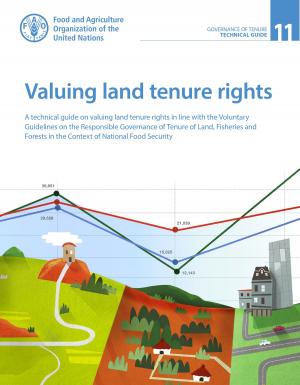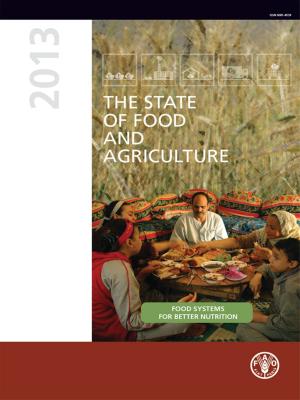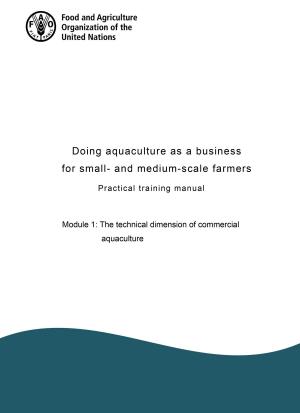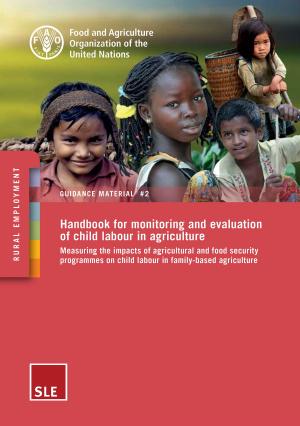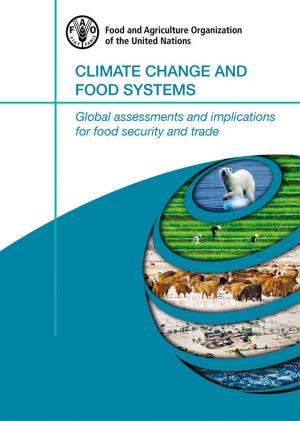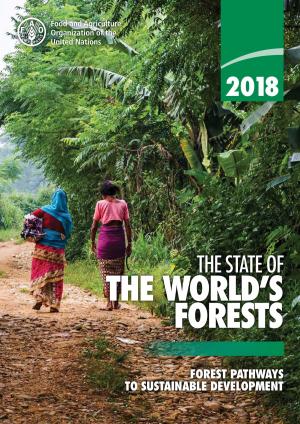Food Safety Risk Management: Evidence-informed Policies and Decisions, Considering Multiple Factors
Nonfiction, Social & Cultural Studies, Social Science| Author: | Food and Agriculture Organization of the United Nations | ISBN: | 9789251302897 |
| Publisher: | Food and Agriculture Organization of the United Nations | Publication: | February 14, 2018 |
| Imprint: | Smashwords Edition | Language: | English |
| Author: | Food and Agriculture Organization of the United Nations |
| ISBN: | 9789251302897 |
| Publisher: | Food and Agriculture Organization of the United Nations |
| Publication: | February 14, 2018 |
| Imprint: | Smashwords Edition |
| Language: | English |
They may contribute to, or detract from the achievement of goals in areas including nutrition, food security, food trade and market access, economic and rural development. The risk analysis paradigm guides risk managers to ensure their decisions are based on an assessment of risks to health, and consideration of other factors in choosing the preferred risk management decision. The materials assist decision-makers in applying a multi-factor approach and is applied to two key decision areas – setting food safety priorities, and selecting risk management options. The principles and approaches can be applied to all food safety decisions. Case studies are included as examples of how to apply this decision-making process. Using this guidance will lead to improved food safety decisions, where decision-makers can demonstrate how evidence was used and any trade-offs made. It also facilitates stakeholder engagement, transparency and accountability throughout the decision-making process.
They may contribute to, or detract from the achievement of goals in areas including nutrition, food security, food trade and market access, economic and rural development. The risk analysis paradigm guides risk managers to ensure their decisions are based on an assessment of risks to health, and consideration of other factors in choosing the preferred risk management decision. The materials assist decision-makers in applying a multi-factor approach and is applied to two key decision areas – setting food safety priorities, and selecting risk management options. The principles and approaches can be applied to all food safety decisions. Case studies are included as examples of how to apply this decision-making process. Using this guidance will lead to improved food safety decisions, where decision-makers can demonstrate how evidence was used and any trade-offs made. It also facilitates stakeholder engagement, transparency and accountability throughout the decision-making process.
